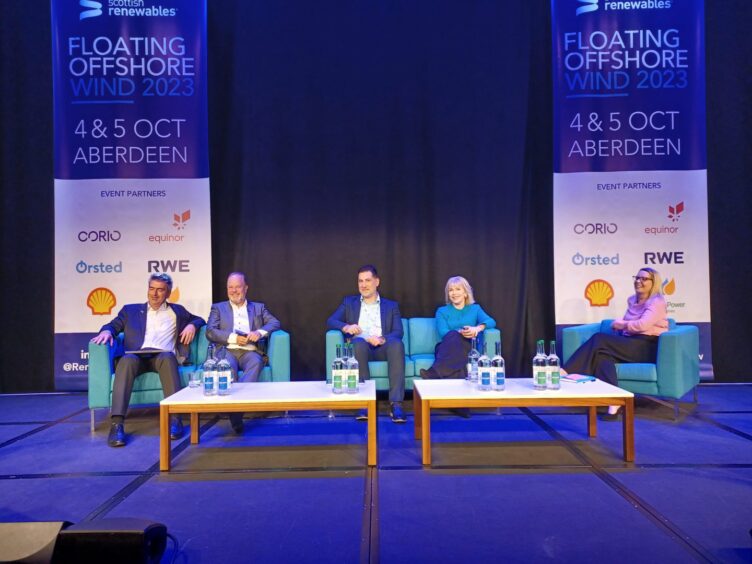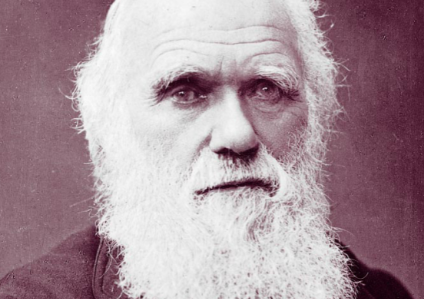As the floating offshore wind sector establishes itself, the sector can “draw inspiration” from many places, including Formula One, says Taco Heseding from Thistle Wind Partners.
At the recent floating offshore wind conference, the Thistle Wind Partners engineering and technical lead shared his views on how the sector that will represent over half of the UK’s offshore wind generation by 2050 can learn from the grand prix.
Standardisation was a hot topic at the show in Aberdeen and the final day of the conference showcased two differing opinions, Taco Heseding was looking for industry standards to speed up the rollout of floating wind while his fellow panellist called for a more evolutionary and less standardised model.
Mr Heseding said: “Formula One racing started many years ago and at a certain stage when all these cars were flying off of the tracks, they decided that we had to start introducing rules and standards for the safety of the drivers and also the public.
“That whole Formula One rules concept developed further and it now takes into consideration technology. It looks at innovation in specific areas, it looks at sustainability.”
Taco Heseding conceded “It is very much focussed on the racing industry, I understand that,” however, he suggested drawing inspiration from how the sport has “introduced certain things in order achieve something.”
He added: “We want to achieve something, so if we also think in that same way, we can also introduce standardisation or rules in order to help us move in that direction.”
The Formula One, Two and Three of floating wind
Mr Heseding shared his views at the Floating Offshore Wind Conference ‘What impact would standardising UK floating sub-structures have on securing the UK lead in offshore wind?’ panel session.
He pointed to how there are different divisions within the sport, saying: “You have Formula One, Two, Three, with the best in the industry being in the Formula One.
“So, they would be looking at the big projects because they have that experience, they have the technical readiness level, therefore they present less risk so you can actually go for a bigger project.”
Looking at this division between Formula One, Two and Three, Mr Heseding said: “You also want to make sure that innovation continues across the board.”
In Mr Heseding’s opinion, smaller projects would sit in the floating wind sector’s equivalent of Formula Three.
He explained that something like a demonstrator project would fall into this category.
Overall, what the Thistle Wind Partners engineering and technical lead was telling the audience was that tight standards can still allow for innovation while also affording the benefits of having standardised design, if the setup of said rules allows it.
Darwinism in floating wind
Mr Heseding’s fellow panellist, Ole Stobbe, business development manager for northern Europe at BW Ideol, called for Darwinism over standardisation.
Darwinism refers to the theory of evolution and how beneficial traits in a species will present themselves as less beneficial factors are abandoned over time.
For Mr Stobbe, standardisation brings the risk of stifling innovation and he said: “Standardisation goes only so far.
“One problem with that is standardisations is a democratic process which is being run by experts and they agree on standards, codes, rules, et cetera.
“But these experts are normally recruited from those people who manufacture what they want to standardise.
“Once the standards are established, innovation has a really hard time to move through the standardisation because the incumbents obviously have an interest to make it difficult for innovations to come through that might risk their business model.”
‘Standardisation I don’t think will help, Darwinsim will.’
Mr Stobbe did show sympathy for the project engineers who are tasked with reviewing the more than 100 substructure concepts currently being spoken about within floating wind, however, he said that standardising this was not inducive to innovation.
He said: “Standardisation I don’t think will help, Darwinsim will.”
Mr Stobbe added: “If there’s a new mutation, or in this case innovation, that makes a species or foundation type fitter, this will then naturally displace the incumbents, the existing ones.”
He concluded by saying “Use what’s there, not what might be there,” telling delegates to “see later on what comes.”
Ole Stobbe told the Floating Offshore Wind Conference: “If you prescribe the standard, you will prevent what comes, you will prevent innovation. But at the moment you need to work with what’s there, what is mature and start your projects on the base of that.”
Recommended for you




 © Ryan Duff/DCT Media
© Ryan Duff/DCT Media







